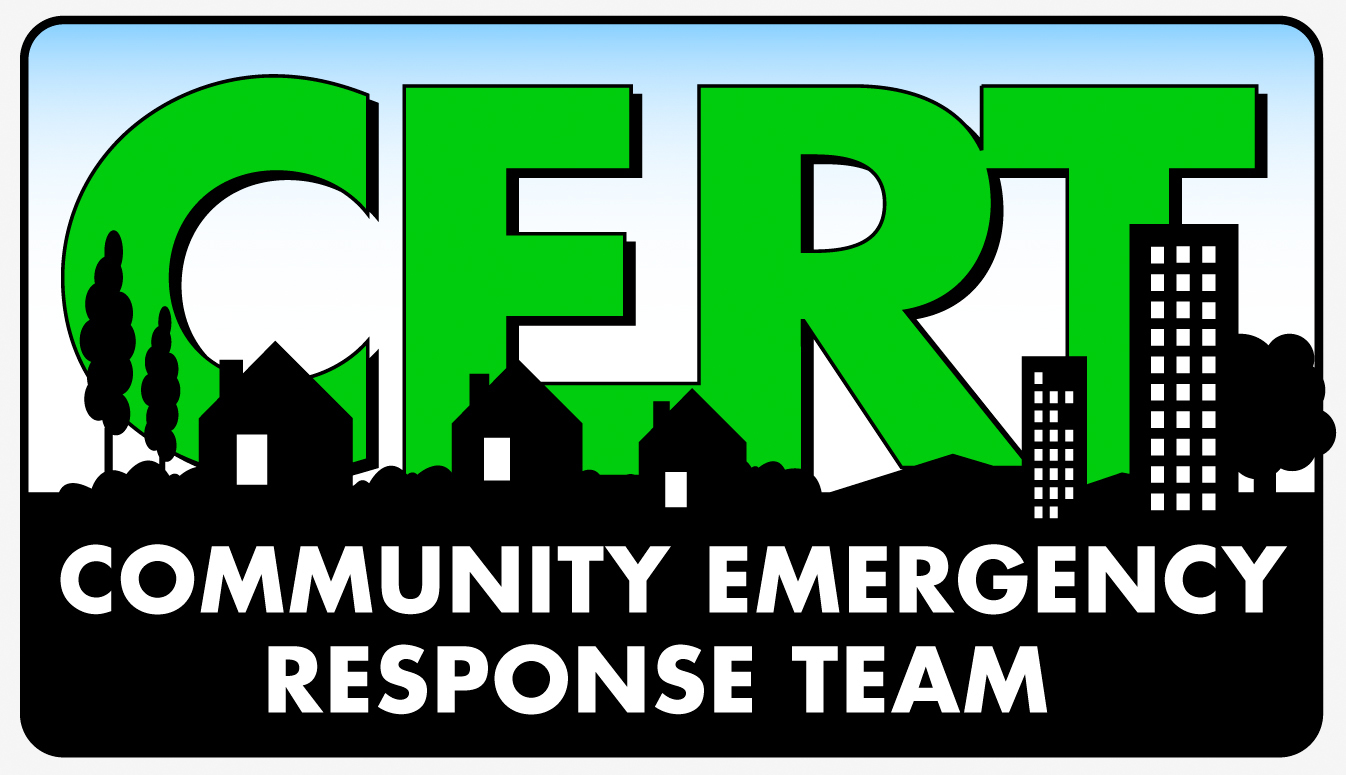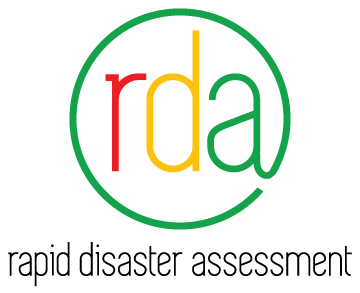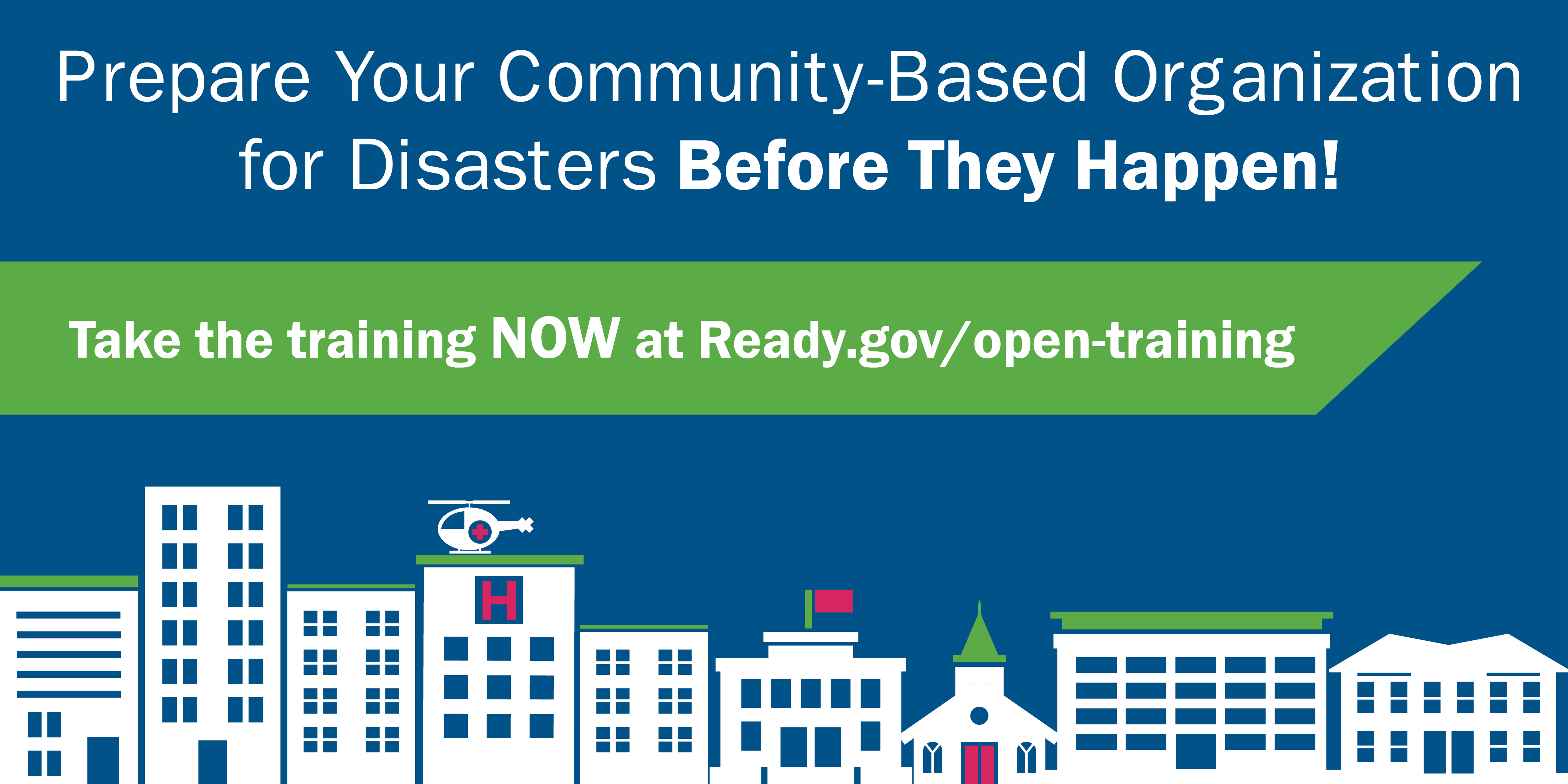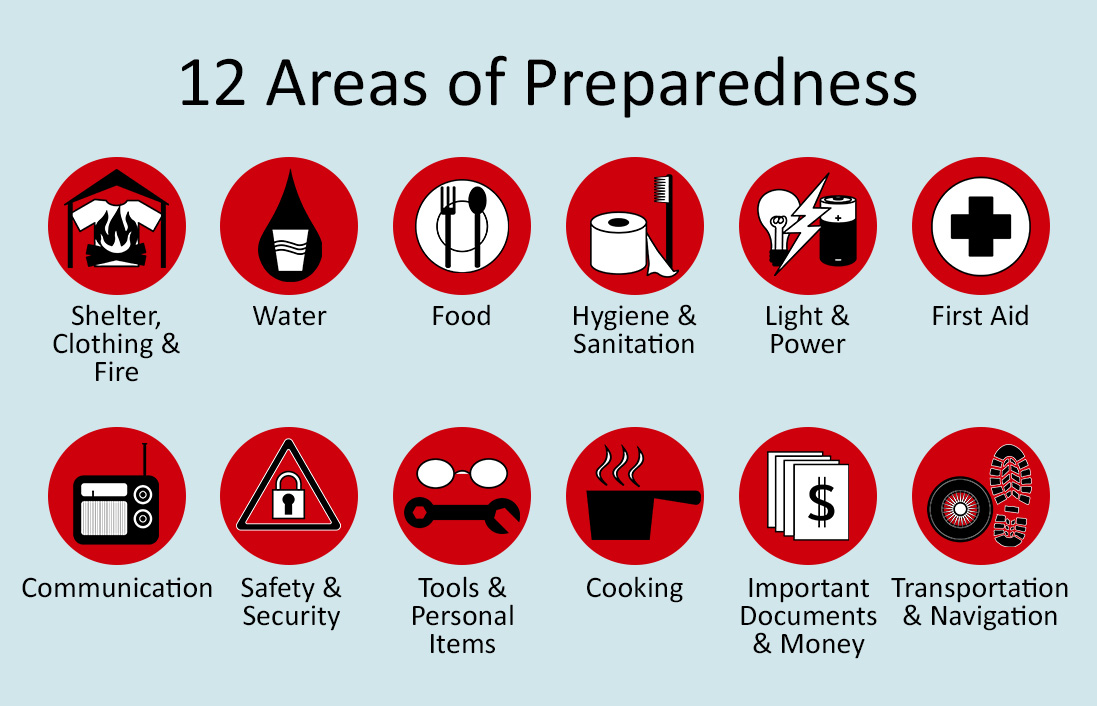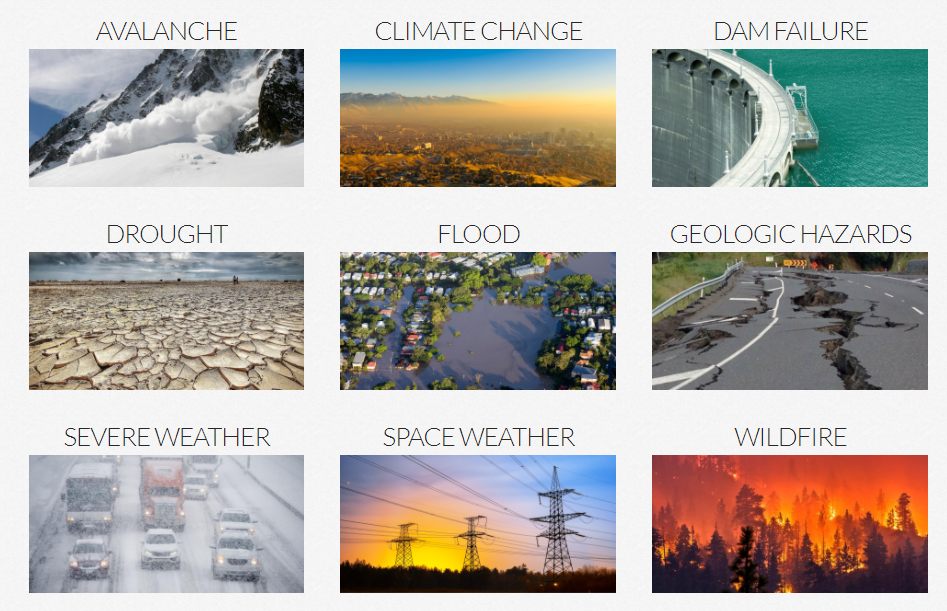Make a Plan: Community
The Point
Be Ready Utah encourages community-based organizations to create emergency preparedness plans for the hazards and threats they may face. Emergency plans should be created by each of the various segments of a community including families, schools, businesses, and governments. When each segment of a community has emergency plans in place, the community as a whole will be better off when facing a disaster.
Do This
Create an emergency plan for your organization that addresses the specific hazards you face. Your emergency plan should include
- specific protective actions to take to survive those hazards
- your organization chain of command and contacts
- staging areas or meeting places and communications methods
- the location of your emergency food, water, and first aid supplies and other resources
Use the Community Preparedness Guide to help you write your community plan.
Videos
- Stronger Community, Better Response Connecting Community Organizations During Disaster
- Local Elected and Appointed Officials' Emergency Management Roles and Responsibilities
- Donate Responsibly Campaign
- Citizen Corps: Why it Matters in Emergency Management
- Community Emergency Response Teams (CERT)
- Medical Reserve Corps (MRC)
- Fire Corps
- Volunteers in Police Service (VIPS)
- Neighborhood Watch
- Community Animal Response Team (CART)
Downloads
- Comprehensive Preparedness Guide (CPG) 101: Developing and Maintaining Emergency Operations Plans
- A Whole Community Approach to Emergency Management: Principles, Themes, and Pathways for Action
- Planning Considerations: Putting People First
- Community Wildfire Preparedness Plan
- The Public Officials Guide to Disasters
- Engaging Faith-Based and Community Organizations: Planning Considerations for Emergency Managers.
- Local Elected and Appointed Officials Quick Reference Guide
- Local Elected and Appointed Officials Emergency Management Checklist
- Guide for Developing High-Quality Emergency Operations Plans for Houses of Worship
Links
- National Resilience Guidance
- FEMA Planning Guides
- Elegant Community Preparation: How to effectively prepare for anything
- Ready.gov Community Preparedness Toolkit
- Schools Aiding Families in Emergencies (SAFE) Neighborhoods
- Ready.gov Community Preparedness Toolkit
- Find your local Emergency Manager
- FEMA - Community Preparedness Planning Course: Integrating the Needs of Children in Disasters
- FEMA - Planning Considerations for Cyber Incidents: Guidance for Emergency Managers
- Wyoming We Prepare Exercise Toolkit - saves time developing exercises
Make a Plan: Community
As a whole, communities can be better prepared for emergencies and disasters when the various segments of that community have disaster plans in place. Individuals and families, businesses, schools, and local governments should make it their responsibility to identify the hazards they face and write emergency plans addressing those hazards and risks. Communication, collaboration, and cooperation between those segments of the community during the planning process will ensure a whole-community approach to emergency response and recovery.
Some communities like to survey their neighborhood for skills and supplies. The problem with these surveys is keeping it current, but the info may still be useful. Here are some Neighborhood Surveys that may help:
- Emergency Preparedness and Response Survey
- CERT Neighborhood Needs and Skills Survey
- Neighborhood Resource Survey
- Neighborhood Housing and Special Needs Survey
- Volunteer Skills Survey
Get involved with your local Citizen Corps Council/Whole Community Preparedness Coalition, which makes plans for the community. Visit the Get Involved page to find additional programs you would like to get involved with and discover ways to help that program plan with the rest of the community.
Know your local Emergency Management Plans. Contact your local Emergency Manager to find out what the municipal plans are and align you neighborhood or organization plans with them.
Toolkit: Building a Whole Community Preparedness Coalition
It takes involving the whole community for a community to be prepared. Here are the tools to do it.
Whole Community Coalition Toolbox
Whole Community Coalition Webpage
Private Sector Preparedness Council
A Private Sector Preparedness Council (PSPC) helps connect the community's private sector to emergency preparedness principles and practices.
Private Sector Preparedness Councils
Voluntary Organizations Active In Disaster (VOAD)
Utah VOAD
Community Emergency Response Team
CERT training empowers your community to organize and safely respond to disasters. See the CERT Website to learn more about CERT.
Community Emergency Response Team (CERT)
Neighborhood Watch
Neighborhood Watch Training empowers community members to be the eyes and ears for law enforcement. The Neighborhood Watch Toolkit may provide valuable information to help you in your efforts. Also see the National Neighborhood Watch page
Neighborhood Watch Toolkit
Neighborhood Rapid Disaster Assessment Toolkit
This is an alternative solution to the Block Captain Program. This allows anyone to fill a role and perform the task of assessing your community post disaster.
Neighborhood Rapid Disaster Assessment Toolkit
Community Animal Response Team (CART)
CART empowers community planning and response for animal related issues. CART is supported by the Utah Department of Agriculture and Food which provides tools for local implementation.
Community Animal Response Team (CART)
Organizations Preparing for Emergency Needs (O.P.E.N.) Training
OPEN teaches 10 preparedness actions to help your organization remain OPEN. OPEN includes both a web-based, self-guided training, and a downloadable instructor kit that will guide participants on how to identify risks, locate resources, and take preparedness actions.
OPEN Training
COMMUNITY PARTNERS
- Community Emergency Response Teams (CERT)
- Community Animal Response Teams (CART)
- Medical Reserve Corps (MRC)
- Fire Corps
- Volunteers In Police Service (VIPS)
- Neighborhood Watch
- Voluntary Organizations Active in Disasters (VOAD)
- Utah Commission on Service and Volunteerism (UServeUtah)
- American Red Cross Utah
- Disaster Discovery Center
- FEMA at Ready.gov
- Utah Division of Emergency Management
- Utah Special Needs Registry
- Utah 211
- USU Extension Services (Preparedness)
- Dominion Energy Emergency & Safety Information
- Rocky Mountain Power
- Rocky Mountain Center for Occupational and Environmental Health
- Intermountain Center for Disaster Preparedness


